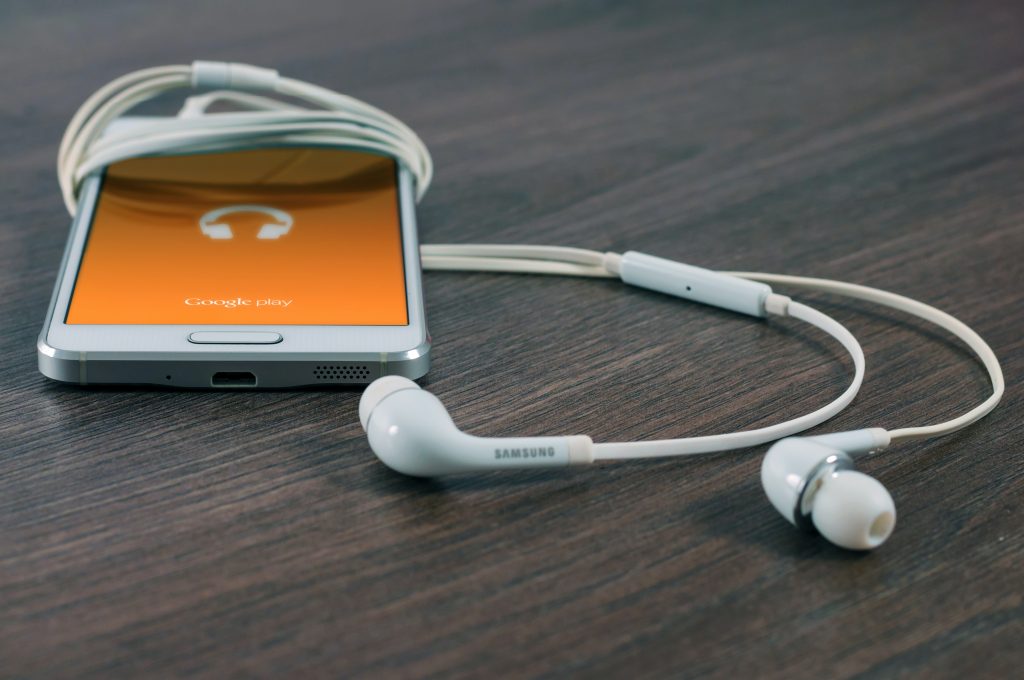Aural Learning Style: Study Tips for Aural Learners
People with an Aural learning Style lean primarily on their sense of sound to process the world around them. They love words, rhythms, tempos, lyrics and tones. Aural learners tend to thrive in the traditional classroom environment, with a teacher explaining concepts mainly through speech, because they can soak up much of what is being said and recall it even after class has finished.
Aural learners tend to make great readers, writers, speakers and musicians. Their intimate understanding of rhythm and sound allows them to analyse and employ language (including the language of music) masterfully.

Aural Learning Style Characteristics
Signs of an Aural Learner include:
- being immensely distracted by noises (like television from the next room),
- constantly humming or singing, and
- ‘zoning out’ or appearing not to be concentrating while someone speaks
Aural Learning Style Strategies
The best and most effective strategies and activities for aural learners are those that engage their sense of sound, including:
- Reciting flashcards aloud. While flashcards are great for visual learners, reciting them out loud brings the ears into the fold, adding a rhythmic dimension.
- Teaching content to someone else. It is often said that you don’t truly know something unless you can teach it to another. Having an aural learner try and express content through speech is a great way for them to synthesise and remember their thoughts and ideas.
- Engaging in discussions. Bouncing ideas off others allows aural learners to hear their thoughts out loud and analyse them more effectively, and also provides an opportunity to soak up other perspectives.
- Using podcasts. The trend of the 21st Century! The world of podcasts is continually expanding, and you can find one on just about anything these days. Podcasts may be a great way to get some introductory knowledge on a topic, or to complement what may already be known.
- Recording notes for playback. Think of this one like a DIY podcast. If you’ve got a smartphone, it’s as simple as speaking your written notes into the voice recorder, hitting save and then pressing play. Voila, a bespoke educational podcast!
- Inventing rhymes or songs. Aural learners probably know the tune to the alphabet song as well as the order of the letters themselves. Creating rhymes or songs is a fun and effective way to use sound to make content more engaging and memorable.
